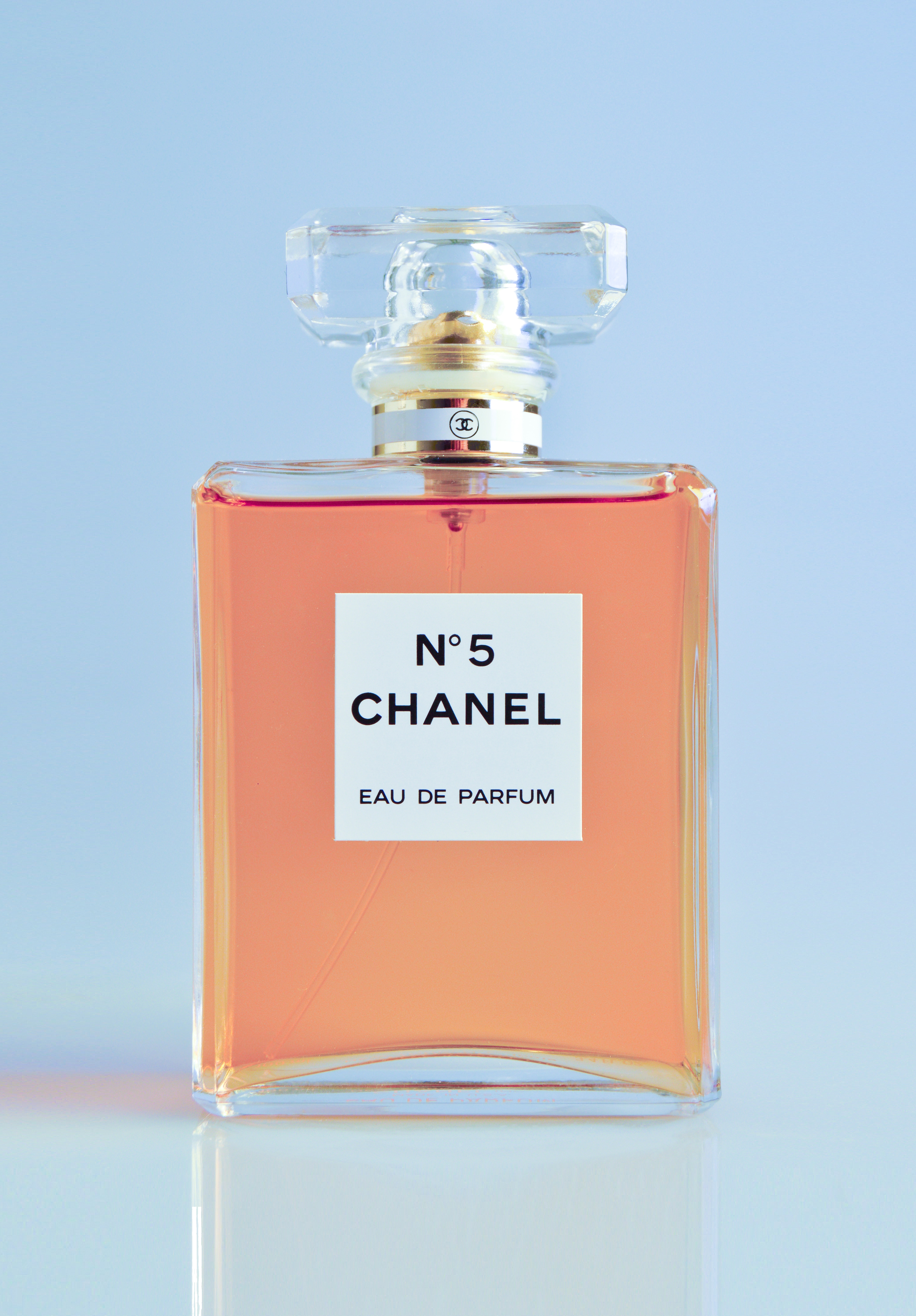In this report, I will be reflecting on the creation of my ‘Domain of One’s Own’ website by exploring the academic, technical and practical aspects, challenges faced, future developments and the skills I have attained through creating this site.
In the first stages of setting up my DooO website, I found installing the WordPress application to be technically challenging however I overcame this by using YouTube tutorials to help guide me into successfully setting up my domain. After installing the application, I was able to easily explore the site’s dashboard since the programme was displayed in a simplistic format, making it easy to navigate. One of the key set-up processes included creating blog posts; despite being a typically informal piece of fiction writing, I structured my posts into more academic pieces by using Standard English, paragraphs and appropriate punctuation rather than commonly expected internet slang. To ensure the posts were academic, I included references from reliable sources in my blog posts and all images were extracted from royalty free websites such as unsplash.com; ultimately enhancing my research skills to ensure that I was using appropriate sources and that my information was accurate.
During the customisation stages of the site, I frequently referred to development questions provided by tutors as well as a published piece by ShortieDesign that explored the ‘Top 10 Principles of Effective Web Design’ (ShortieDesign: 2014) to ensure I was creating a site that was user-friendly. My aim was to produce a reflection of my personality on a professional platform that would “cater to the needs of the user” (ShortieDesign: 2014) by being visually appealing to viewers and easy to navigate.
I initially decided to continue using the default themes however I felt other themes offered a variety of features that could help improve the appearance of my site in comparison. After browsing the available themes I decided to use AnnaLite since it had interesting features whilst still being simplistic. I wanted my site to be easy to navigate and by selecting my chosen theme I was able to keep the menu bar at the top of the screen and organise the layout of my blog posts. One of the key technical challenges I faced using my chosen theme was the set-up of the slideshow on the landing page. I overcame this challenge by using a variety of trial and error methods including exploring the theme’s setting, drag and dropping images onto the site and trying to add media through the customisation tool. Eventually I found each blog post had an assigned featured image that appeared on the slideshow and I was able to customise the slideshow accordingly. Although the difficulty was easily resolved, to quicken the process, in future development tasks I would use a tutorial video as guidance.
To guarantee that I met the criteria explored on ShortieDesigns site and the development questions I ran a focus group where I asked other university students to explore the website and to comment on any of the design aspects. A common improvement was the choice of colours and images used on the site; I initially used darker colours and photographs with dim lighting but after listening to the feedback from the focus group, I customised the site with brighter pictures and a lighter colour scheme to make the site more visually appealing for viewers. When discussing the site with the focus group, a common response was that the site reflected my personality on a professional level through my choice of images, menu organisation and content layout proving the site to be both user-friendly whilst simultaneously fulfilling its intended purpose.
For future progression of my site, as well as using WordPress I plan to explore other applications such as WebCalendar to add another feature to the site and MyBB to make forum discussions an effective aspect of my site. I would also make more use of Lynda.com, a university resource, to help add more complex features to my site and enhance my IT skills. Another future development I would make would be to include more media such as links to external videos and sites to show an expanding level of research skills as well as making the site look more creative. I explored majority of the features on WordPress but other aspects I would explore in future development stages would be plugins and tools as a way to improve my overall understanding of the application.
In conclusion, I have learnt to create a unique platform in which I am able to professionally present my academic work. The development of my site has introduced me to new software, which improved my IT skills and has encouraged me to enhance my research skills. Although I have curated a successful site, I would like to further explore applications to improve the overall appearance of the site as well as the features included.
List of References (2):
Lynda.com (2019) Become a Web Designer [online] available from < https://www.lynda.com/learning-paths/Web/become-a-web-designer> [8th January 2019]
ShortieDesigns (n.d.) Top 10 Principle of Effective Web Design [online] available from < https://shortiedesigns.com/2014/03/10-top-principles-effective-web-design/> [8th January 2019]
Unsplash (n.d.) Unsplash [online] available from < https://unsplash.com/search/photos/wallpapers> [8th January 2019]



